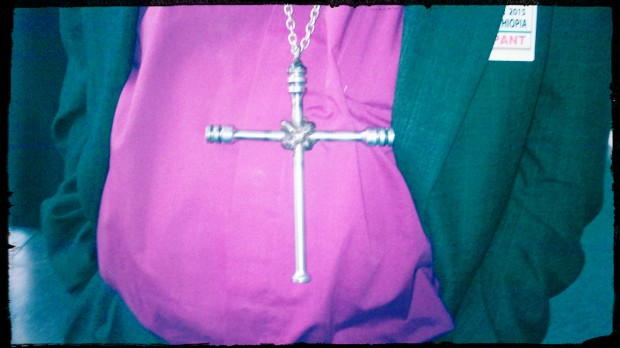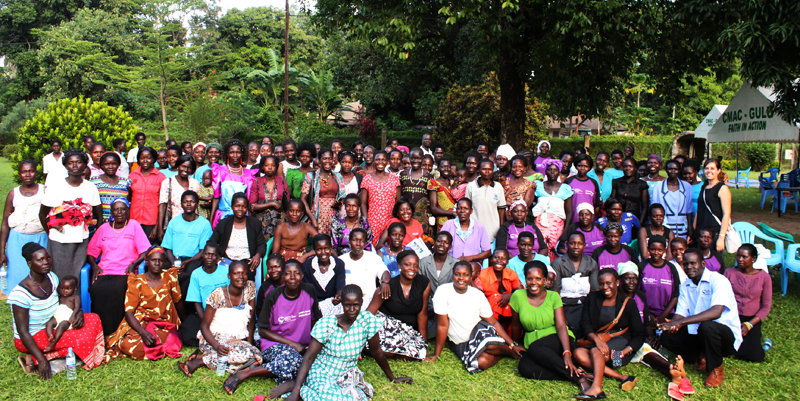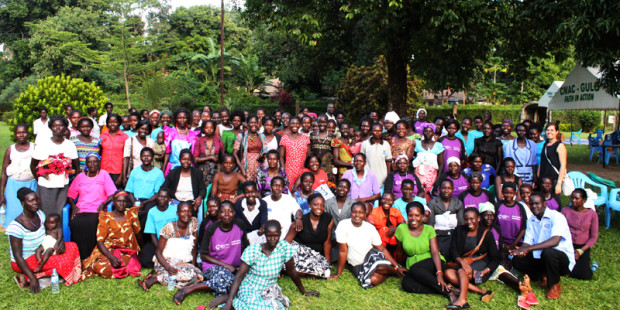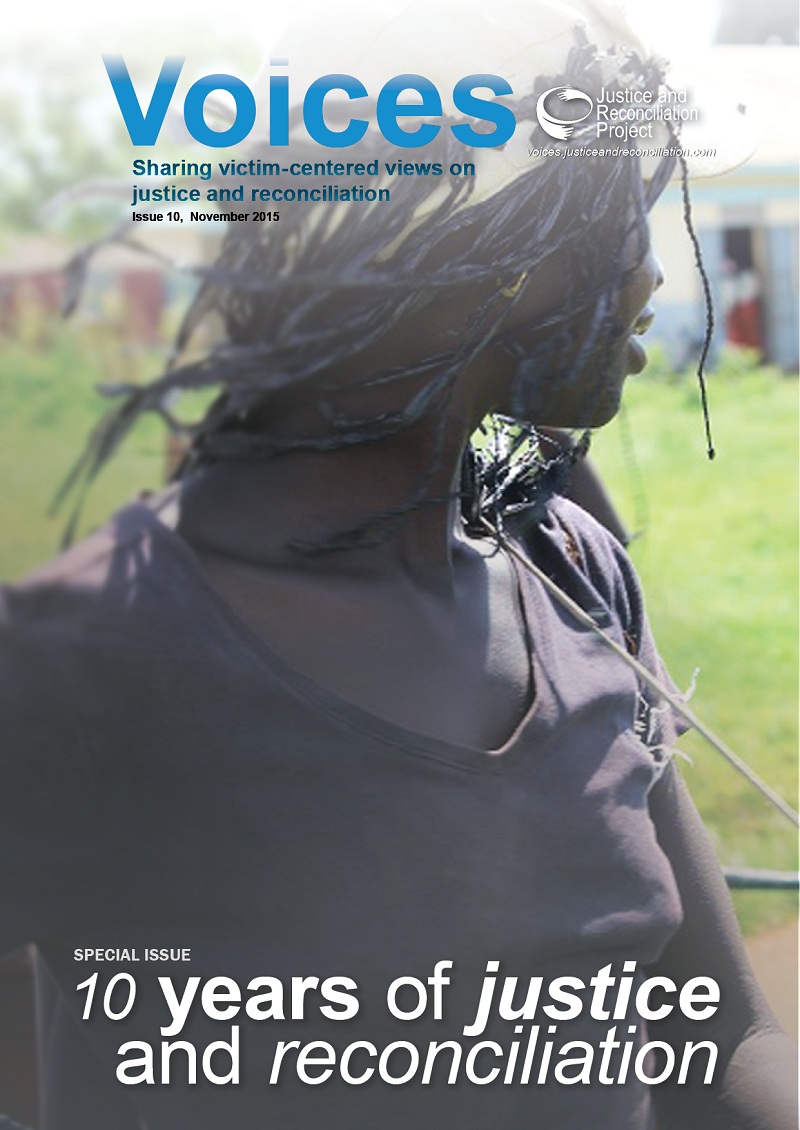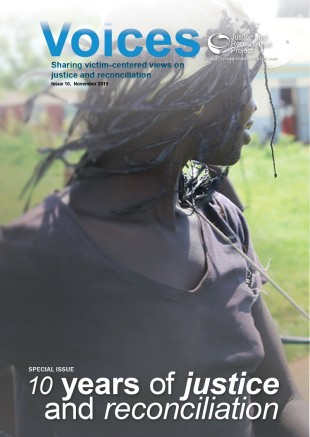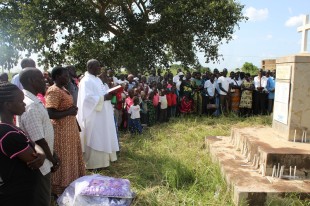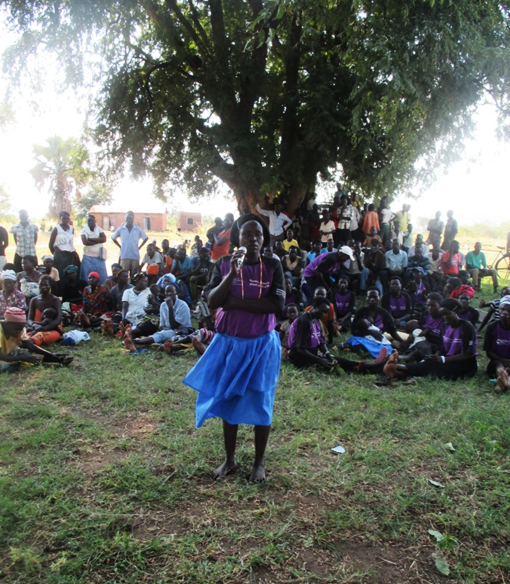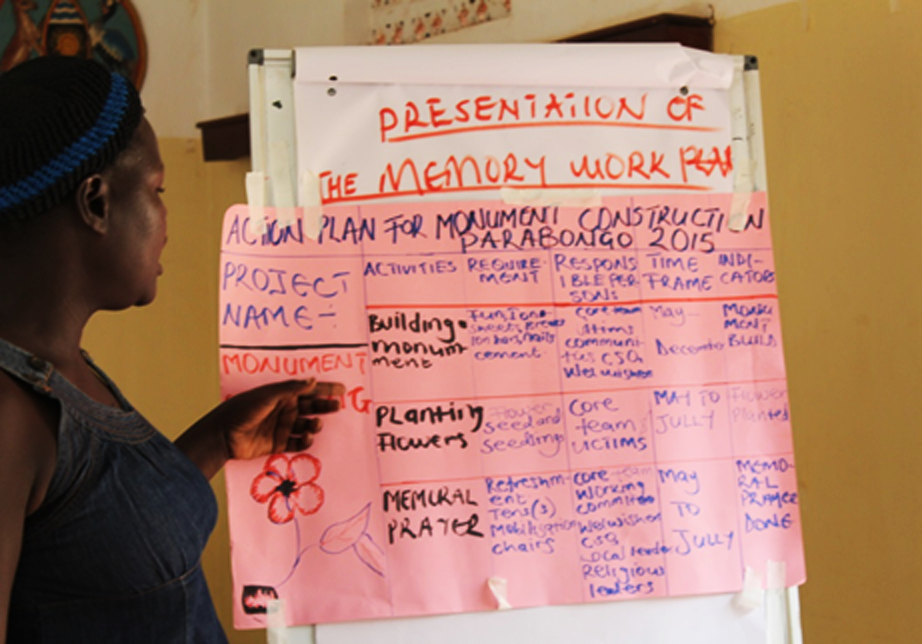JRP’s 23rd Field Note, We Are All the Same: Experiences of children born into LRA captivity documents the views, experiences and hopes of 29 children living in the urban centre of Gulu over the course of a three year project. In this blog, researcher Beth W. Stewart reflects on the process and the lessons learned from the children that participated.
“I want to ask, why are you writing this?”
Every year the same boy asked us this same question. To my research assistant and I, the reason seems obvious: children born into the LRA, like this boy, have unique identities, experiences, and needs that are both valuable to society to understand and necessary to address. But to this boy, and the other children like him, they are just children. They laugh, love, play, learn, and dream just like everyone else. Children are children, no matter where they come from, no matter who their fathers are. And yet, there are aspects of their lives that are unquestionably unique and undoubtedly shaped by their pasts and identities. Doing a long term project with the same group of children has provided a rare and intimate look into the children’s special lives revealing why we should care about them.
The project that informed this Field Note began in 2011 after many mothers who had children born in LRA captivity repeatedly requested attention for their children. They wanted to raise awareness of their children’s needs and fight the stigma they faced. Once the project began, JRP became the safe space where the children gathered, away from prying eyes and ears. It became the one place in their lives where everyone could be open about that part of themselves, about their pasts and identities that they normally had to keep secret to avoid stigma. Also significant to the children, JRP became synonymous with a place for play. Through play and open sharing, the children made important new friends. For years now, the children have supported each other in numerous ways, from listening when times got hard to sharing their bed when the other had none. The children, who are now quickly becoming adults, continue to meet and support each other almost five years on.
An exceptional aspect of the project is not only the connections made between the participants, but also the trust and care that grew between the participants and the researchers. It’s common for research projects to begin then leave shortly thereafter, especially in war-affected areas. But this project has persisted, resulting in meaningful relationships and giving the researchers important insight into the more nuanced and vulnerable dynamics of the children’s lives. The project’s research assistant, Aloyo Proscovia, has been the crux of the project and an always caring figure in the children’s lives. This consistency is evidenced in the comfort and ease of the children that participated and also in the depth of knowledge they shared. It’s also worth noting that for the researchers, building relationships with each of these children has been an enjoyable and deeply moving process – these are remarkable children, full of laughter with so much to say.
It is difficult, however, to watch as the children’s pasts follow them into their adult lives. As northern Uganda moves further away from its experience of active war, the ramifications continue to be lived each day. The case of children born into the LRA challenges us to question if a war is ever truly over. Without measures to address their needs and rights, the violence of the war continues. This Field Note presents the children’s contributions toward educating us (readers), their communities, and their leaders about what remains to be done for northern Uganda to transition to peace. As one girl put it: “We have to be treated equally, in other words by treating us well by loving us the same way like the other children.”
Beth W. Stewart is a a PhD Candidate at the University of British Columbia.



